The end of the 16th century was a time of great splendour for the town of Valdemorillo due to its proximity to the Royal Monastery of El Escorial as it was being built.
King Philip II (1555-1598) chose Valdemorillo to be the residence of Muley Xeque, the Black Prince, whilst exiled from Morroco and preparing for his baptism as Don Philip of Africa. A street in Valdemorillo is named in his honour.
On streets like Calle de las Reyes, Calle de la Oliva or Calle Real, you will find a number of doorways, lintels and crests that point to the town's illustrious past and tell us a little about its noble former residents.
At Number 28, Calle Real, you will find a beautiful austere arch whose two keystones fit perfectly without the need for mortar.
At Number 4, on this same street, you will see a Gothic lintel with a beautiful design over the doorway. There are several pieces of stone missing from the ends of this lintel because the house was used as a resting place for the Republican Army during the Civil War. So that trucks could pass through the doorway, they removed part of the lintel. This is why, today, you can see that the doorway is slightly crooked.
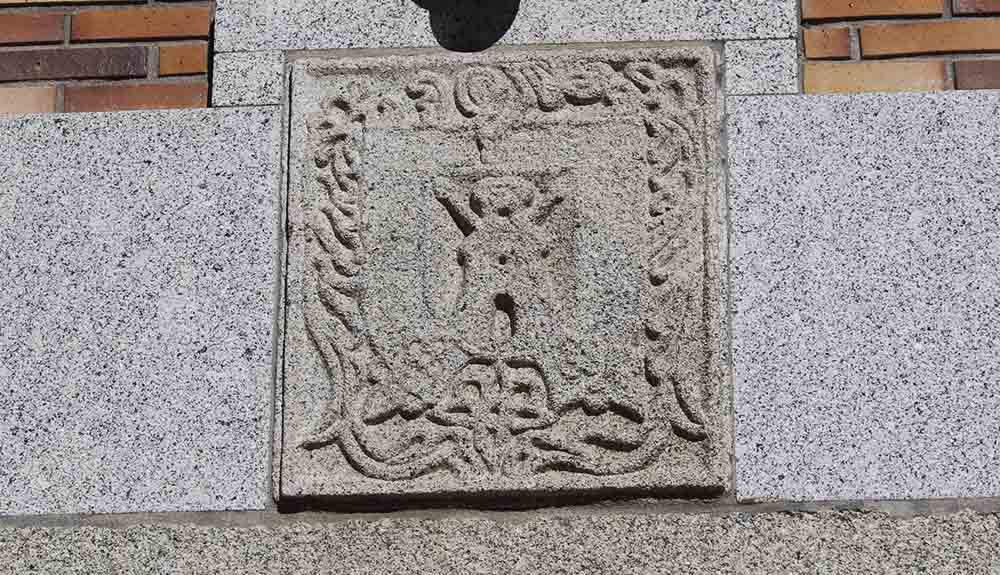
At Number 2, Calle de la Oliva, you will find the oldest surviving noble crest in the town. It belongs to the Morillo family and is believed to date from the 17th century. Although the building is a modern one, the crest itself is located where the original house once stood.
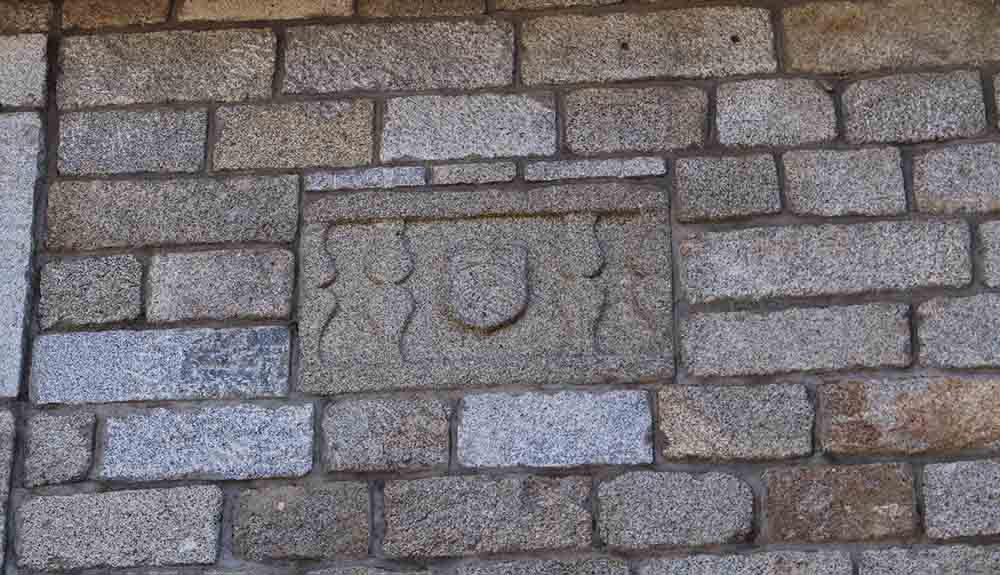
On the front of a bank on the corner between Calle de la Unión and the Plaza de la Constitución, there is this small noble crest about which we have little information. It is believed to date back to either the 16th or 17th century and can be difficult to spot.

In the Plaza de Doña Ana de Palacio, there is a noble crest above the door to a private home. As with others in the town, we do not have an exact date for this crest, but it is at least a few centuries old.

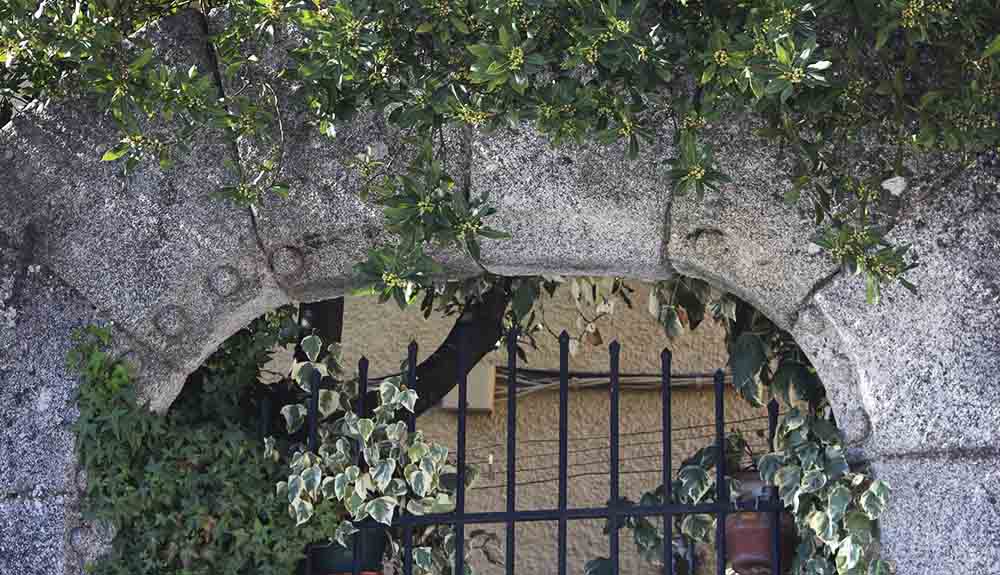
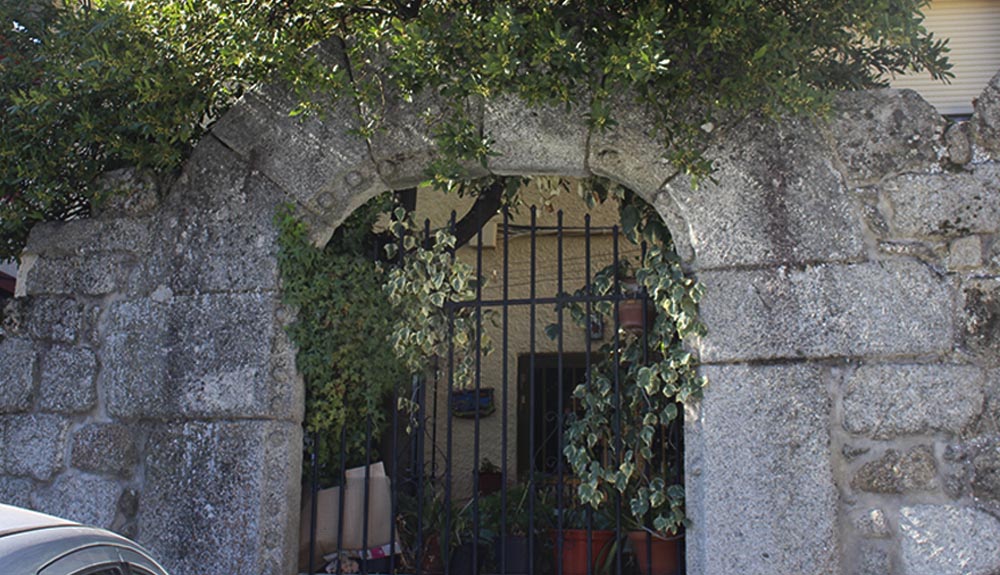
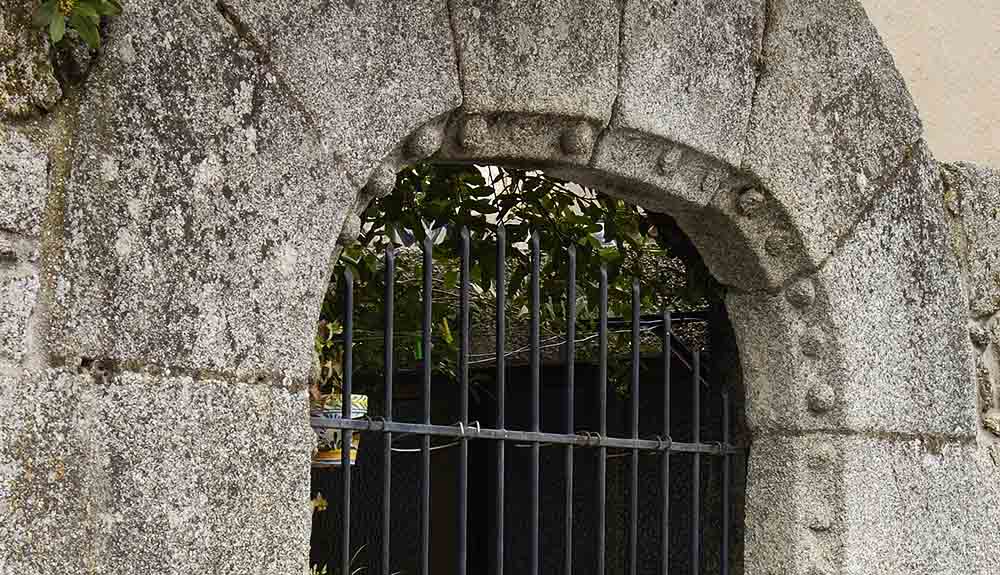

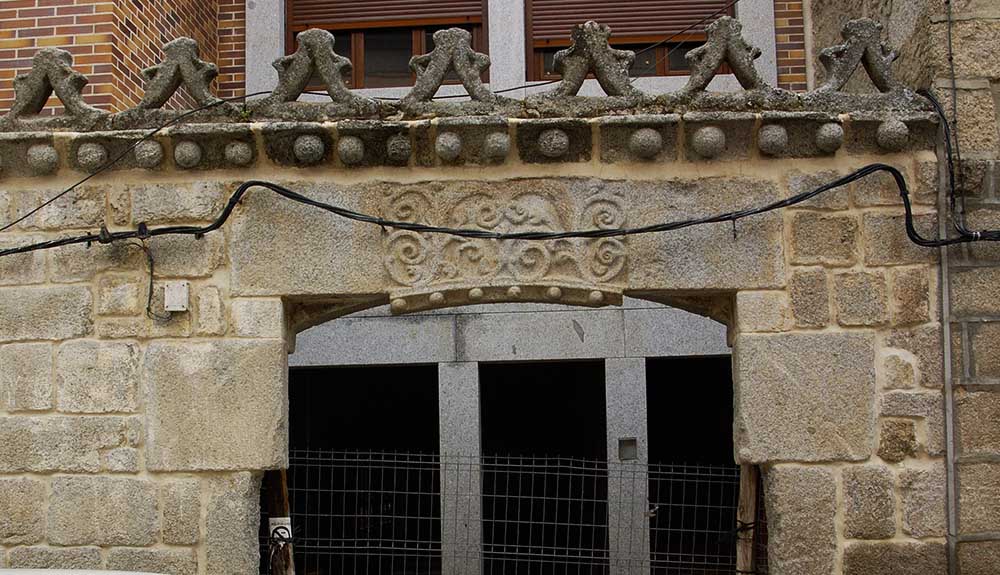

Añadir un comentario